Deck & Commander Strategies

Jhoira, Weatherlight Captain
A staxy combo-control deck that uses fast mana and artifact synergies to draw cards and disrupt opponents through naming key cards and board wipes, aiming to assemble a combo finish or overwhelm opponents with card advantage and control.
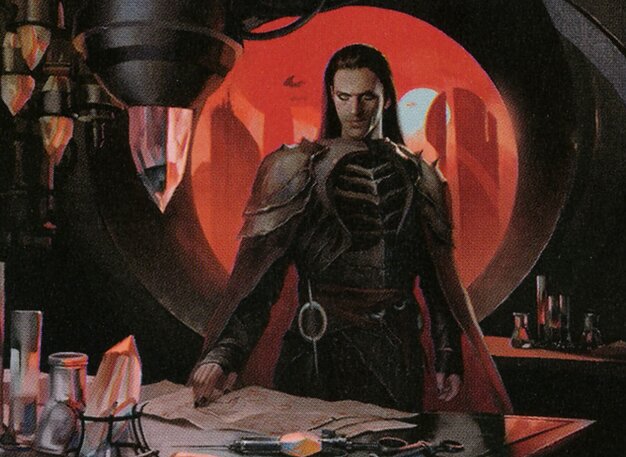
Yawgmoth, Thran Physician
A combo-oriented deck focused on ramping into Yawgmoth and assembling a combo kill using sacrifice outlets, removal, and card draw, supported by control elements like Toxic Deluge and Necropotence to survive and find combo pieces.
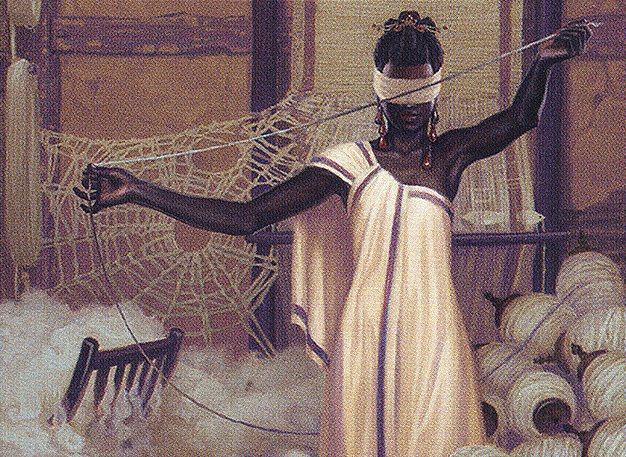
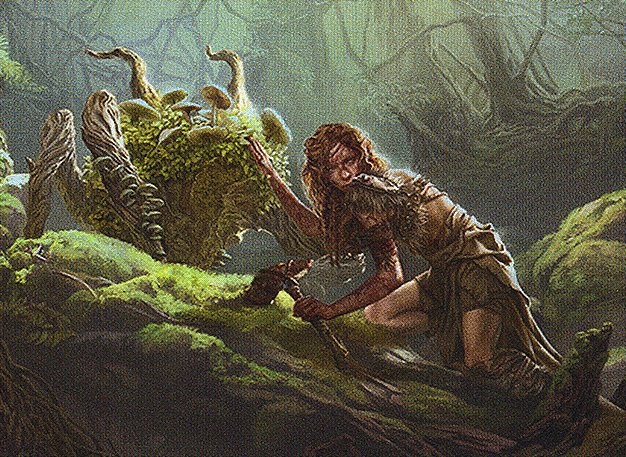
Tymna the Weaver & Tana, the Bloodsower
A creature-centric midrange deck that uses Tana's token generation and Tymna's draw engine to apply pressure, generate card advantage, and outvalue opponents through incremental combat damage and board presence.

Omnath, Locus of Mana
A ramp and value deck leveraging Omnath's ability to accumulate mana and cast threats early, combining ramp artifacts and lands to develop board presence and aim for aggressive or combo finishes.
Gameplay Insights
- 1
Baal's early use of Pithing Needle to name Yawgmoth significantly disrupted Luís's combo plan by shutting down key synergies.
- 2
Rodrigo's deployment of Tymna and Tana provided steady card draw and token generation, enabling incremental pressure and resource advantage despite facing stax elements.
- 3
Baal's timely Rolling Earthquake cleared the board effectively but also cost him life, showcasing the high-risk, high-reward nature of stax control in cEDH.
- 4
Luis's use of Scroll Rack and Necropotence aimed to dig for combo pieces but was repeatedly countered, highlighting the importance of interaction and timing in cEDH.
- 5
The presence of Ruric Thar and artifact hate like Manglehorn and Collector Ouphe created a taxing environment for spell-heavy strategies, forcing players to adapt their sequencing.
- 6
Baal's management of fast mana and artifact synergies allowed for multiple card draw triggers from Jhoira, maintaining pressure and resource flow despite disruption.
- 7
The interaction between board wipes, stax pieces, and aggressive token generation led to a dynamic midgame standoff, with no player able to easily break through without risking overextension.
Notable Cards
-
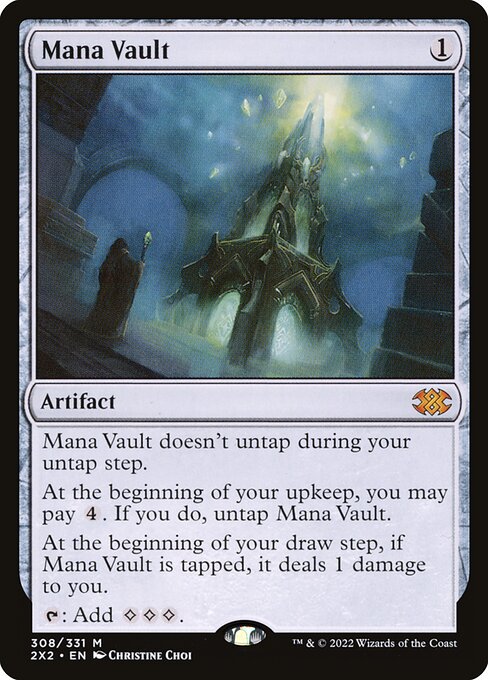
Mana Vault
-
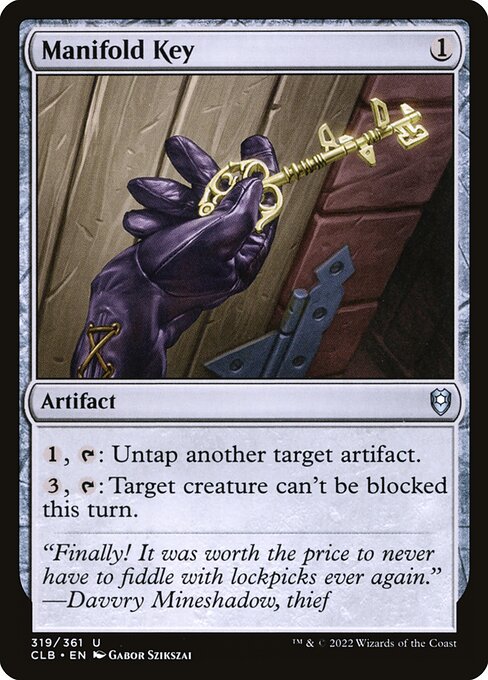
Manifold Key
-

Pithing Needle
-
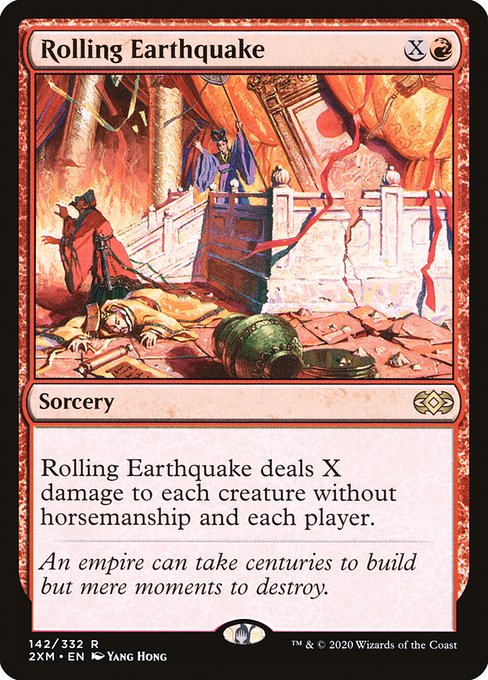
Rolling Earthquake
-

Carpet of Flowers
-

Tymna the Weaver
-

Tana, the Bloodsower
-
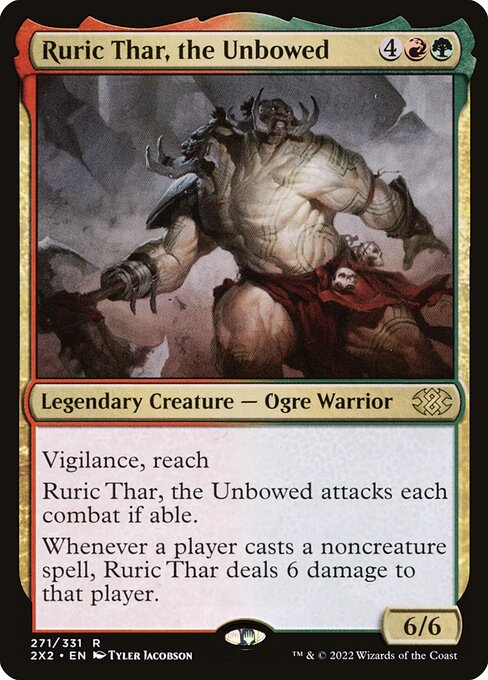
Ruric Thar, the Unbowed
-
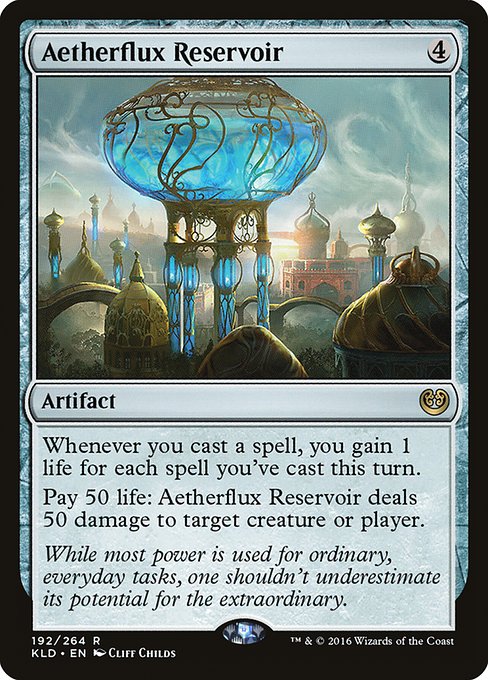
Aetherflux Reservoir
-
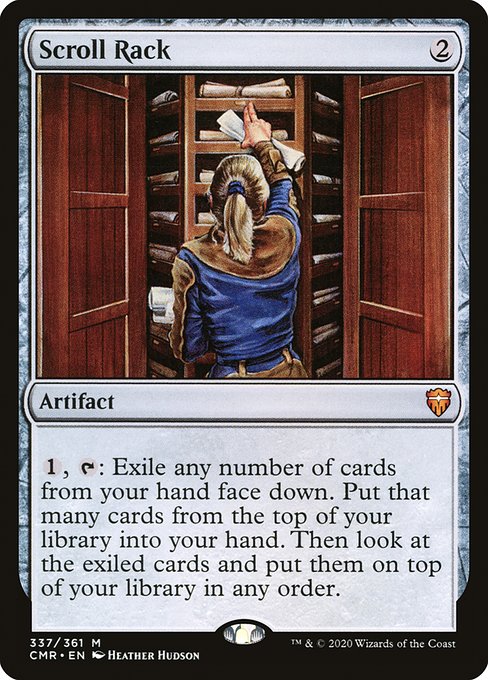
Scroll Rack
-

Necropotence
-
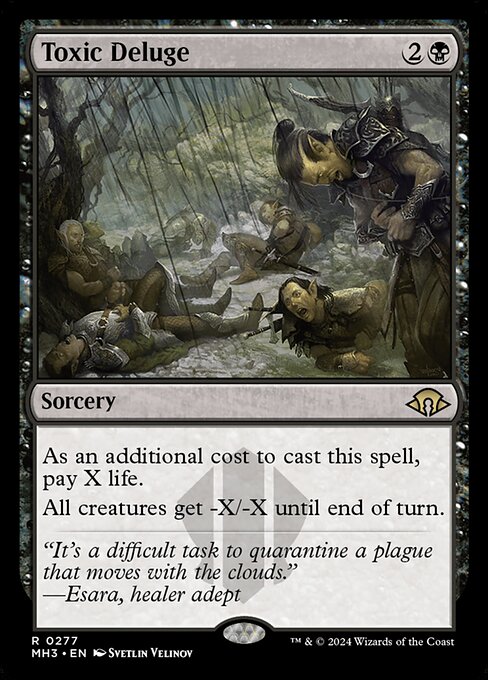
Toxic Deluge
-
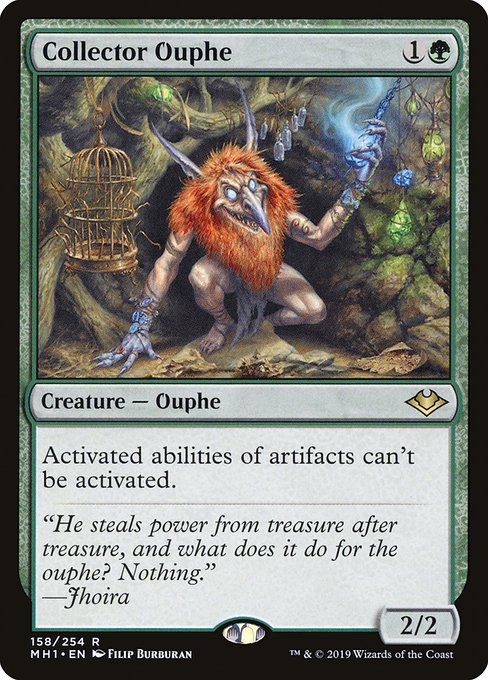
Collector Ouphe
-
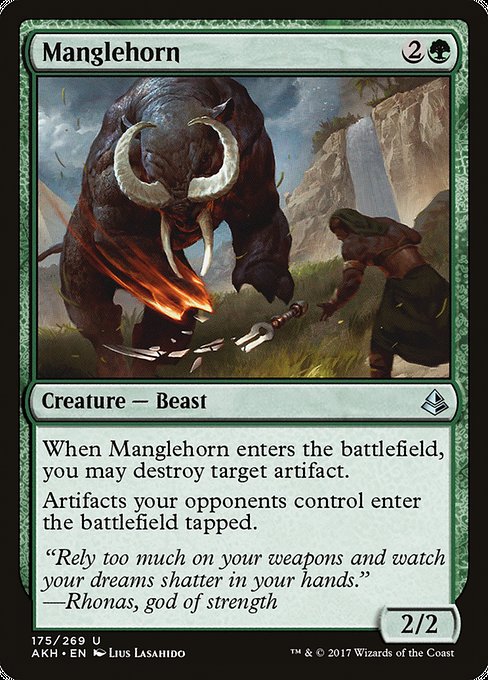
Manglehorn
Gameplay Summary
The game began with all four players establishing quick mana bases and deploying early threats.
Baal on Jhoira, Weatherlight Captain, aimed for a staxy combo-control approach, leveraging fast mana like Mana Vault and artifacts such as Manifold Key to draw cards and control the board.
Early on, Baal disrupted opponents by naming key cards with Pithing Needle and executing board wipes like Rolling Earthquake to maintain dominance.
Rodrigo on the Blood Pod deck focused on assembling a creature-based midrange strategy with Tymna and Tana to generate tokens and draw cards, steadily building board presence while applying pressure.
Luís piloted a Yawgmoth, Thran Physician combo deck, relying on ramp and control elements such as Toxic Deluge and Necropotence, though he faced disruption from Baal's counterspells and board control tools.
The Omnath deck deployed ramp and utility creatures but struggled to stabilize against early aggression and stax elements. Key turning points included Baal's early disruption with Pithing Needle naming Yawgmoth and multiple board wipes that delayed combo attempts from Luís and Rodrigo.
Rodrigo's strategic plays with Tymna and Tana generated card advantage and incremental damage, while Luís leveraged Scroll Rack and Necropotence to dig for combo pieces but was repeatedly hindered by counterspells and artifact hate.
Baal's use of Manifold Key and Aetherflux Reservoir threatened to close out the game, but the presence of disruptive creatures like Ruric Thar and artifact removal from opponents kept the game in flux.
By midgame, the table was locked in a tense standoff with Baal holding strong on card advantage and control, Rodrigo building a threatening board state, and Luís attempting to find openings for his combo.
The game exemplified a clash between stax-control, midrange aggression, and combo ramp strategies, with Baal's stax and card draw engine setting the pace and forcing opponents to respond carefully.
































![Commander VS S16E1: Ayula VS Urza VS The First Sliver VS Yawgmoth [EDH] thumbnail](https://i.ytimg.com/vi/tkuMVsCr0s4/sddefault.jpg)










